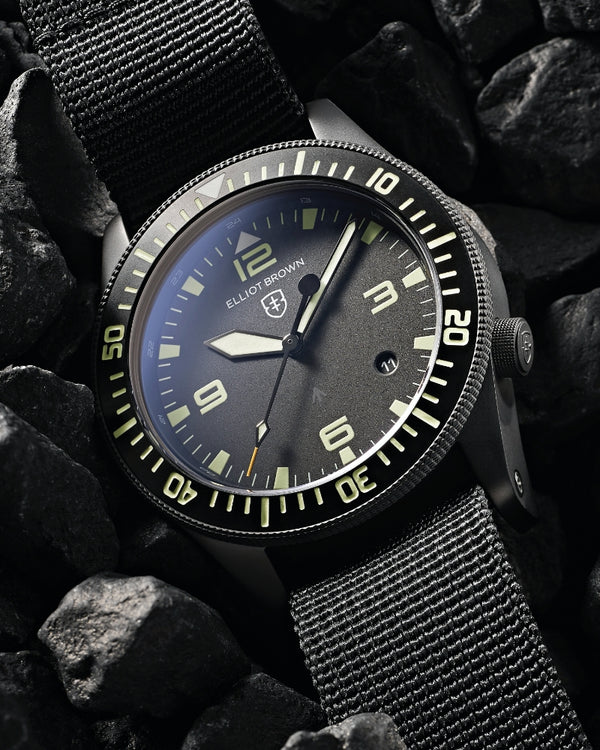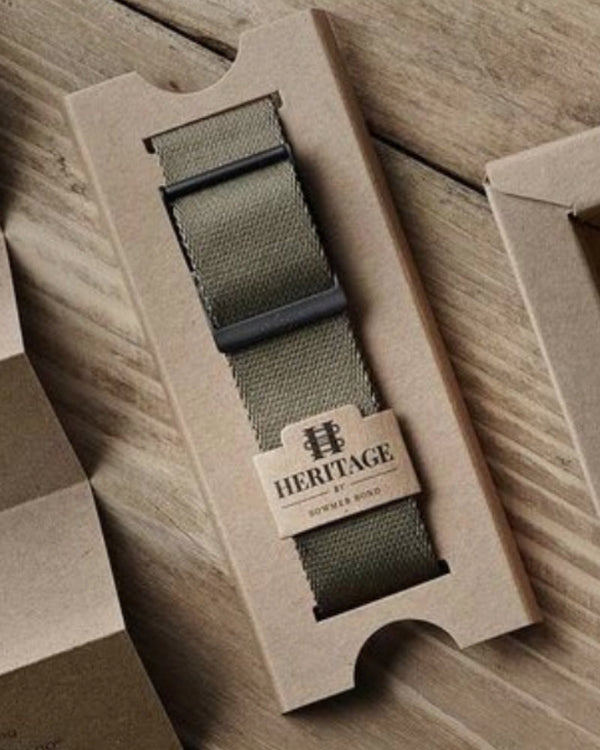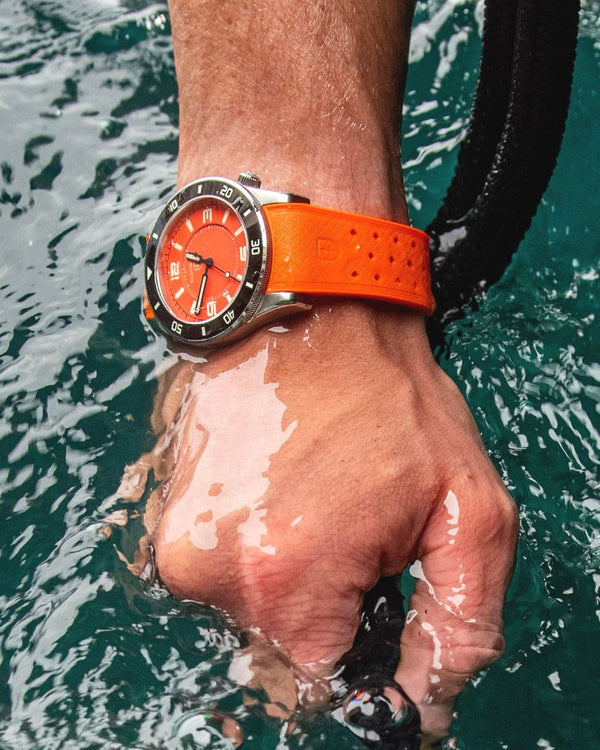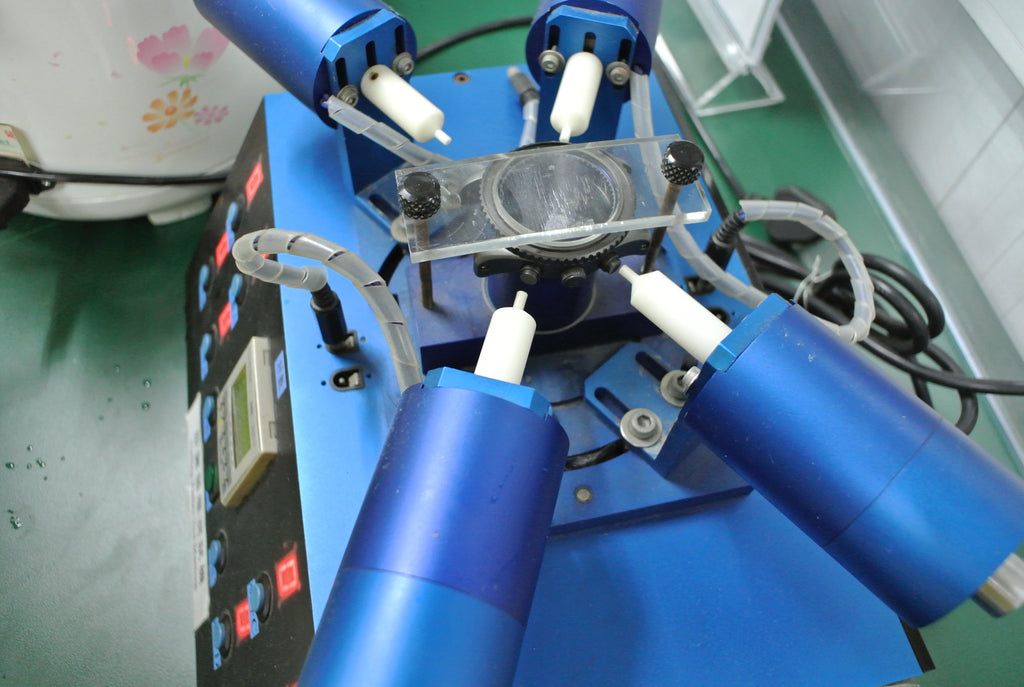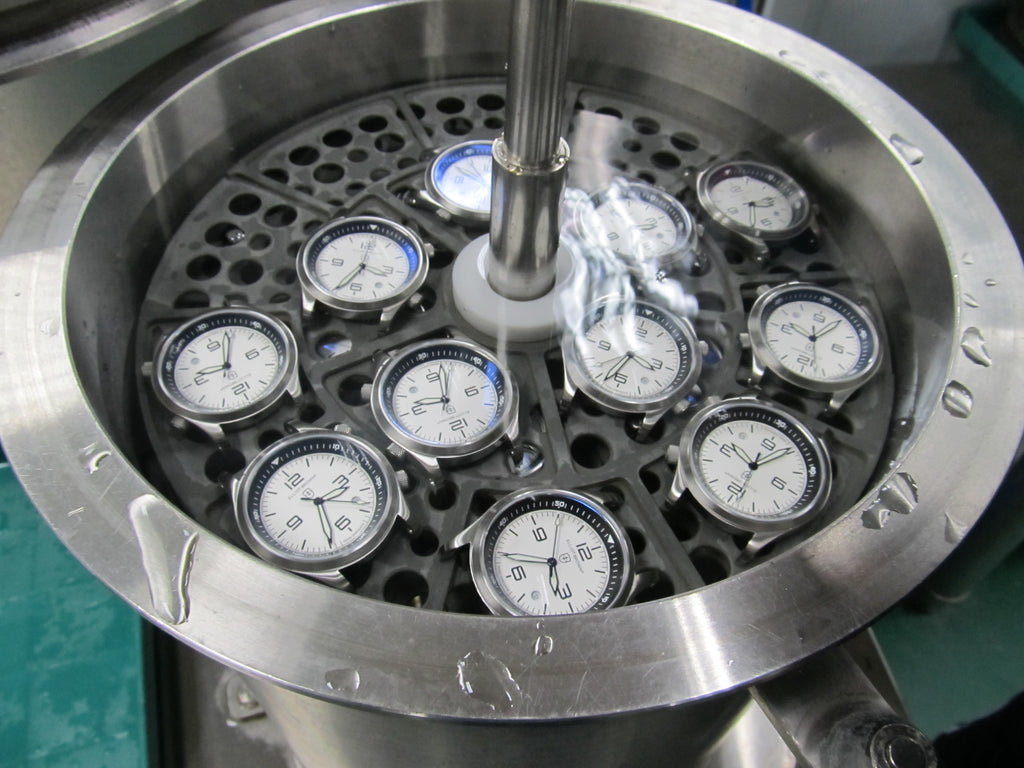Testing, testing and more testing
Let's get this out in the open right off the bat. The watch industry is sometimes economic with the truth about testing... claims that a watch is as tough as nails because an ancient explorer’s family allowed their name to be licensed on a collection doesn’t make the watch any more capable. How many watches in a typical watch retailer’s window or web site would you say have actually been subjected to a pressure test? It’s worth asking.
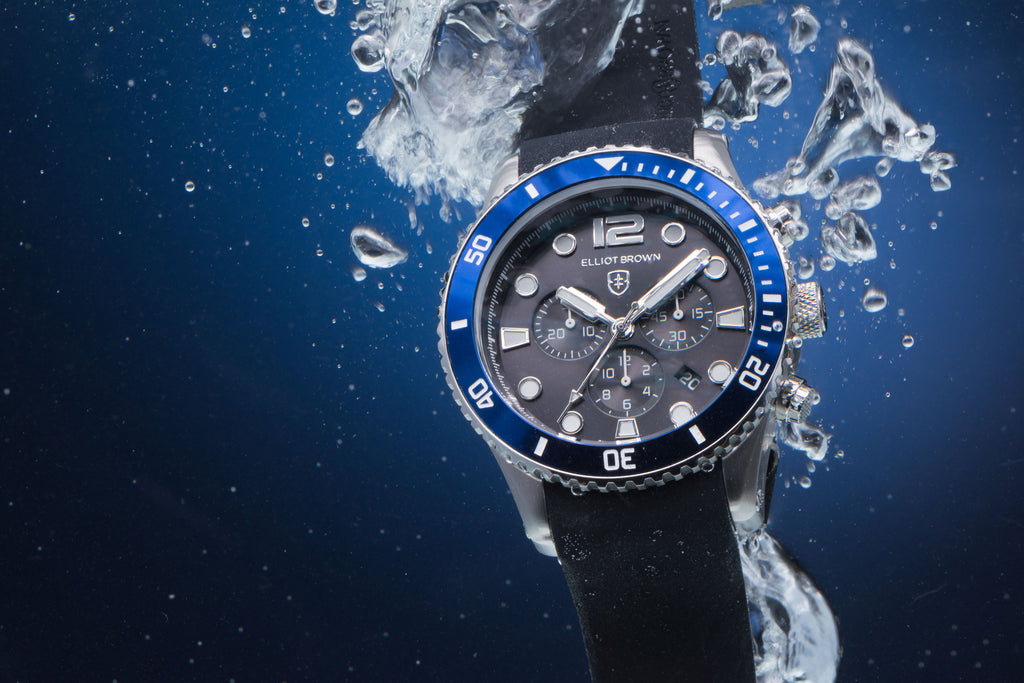
We’re proud to approach watch making and testing very differently and if you were to lift the bonnet on any of our claims, you’ll find nothing but real honest, arduous tests carried out on every single watch because only when you have actually tested every watch can you be confident in it’s abilities to remain a reliable partner should conditions take a turn for the worst.
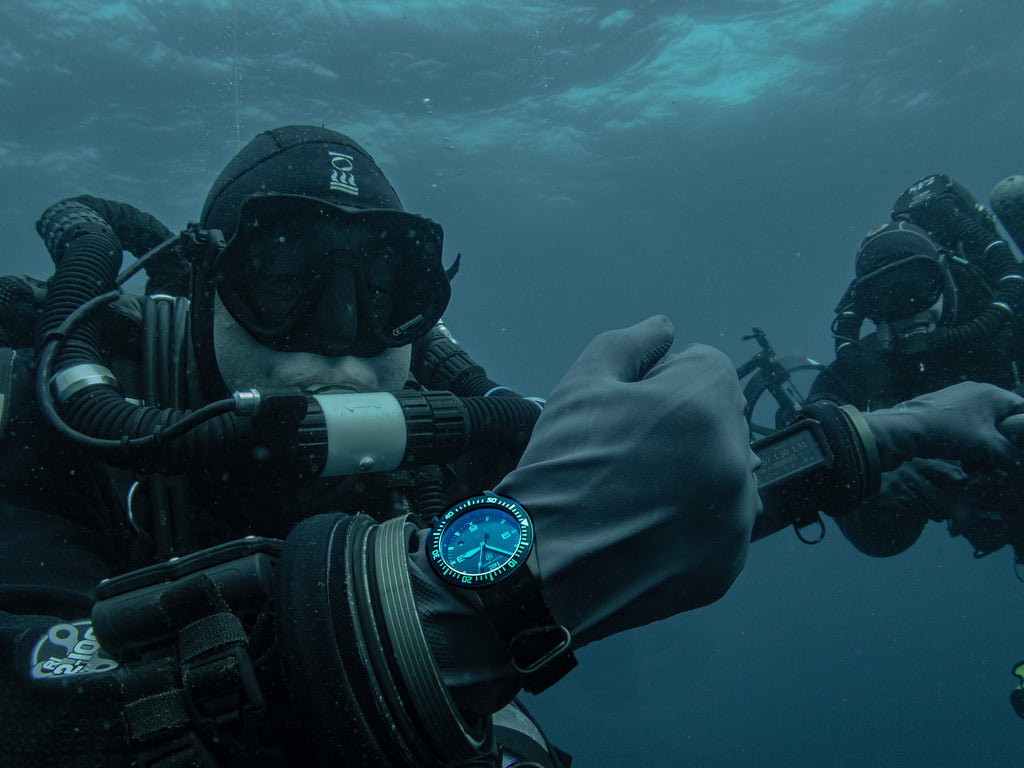
We’re lucky to have many years of seeing (and fixing) the damage our customers managed to inflict on their watches in our previous careers at board sports brand Animal. It gave us a unique bedrock of experience to re-think how a watch should be constructed and forms the ethos behind every Elliot Brown.
But there’s no point addressing all of the weaknesses unless you test what you’ve created again and again and then some more. That’s why every watch that carries our names must pass three separate pressure tests. The first two at 150m under air pressure, then every watch is submerged in water and pressurised to 200m (300m for some models) for ten minutes. Only then do we claim that the watch is fit for duty because we know it has actually been there and done it. It’s a good example of our approach and the deeper you look, the more you’ll reveal about how open and honest we are as a business when it comes to the way we approach testing because to us, it matters. You won’t find us saying a 200m watch is suitable only for surface watersports in the small print. A 200m watch from us has been to 200m in water.
Straps are put under harsh abrasion tests and repeatedly twisted under load, buttons on the chronograph movements are depressed 5000 times. We shock test watches by smashing them with a 3kg stainless mallet, we drop ball bearings onto the crystals, we strap watches to the bows of racing yachts and send them off round the world for 40,000miles and 12 months at sea. We submerge them for an entire winter in Poole Harbour and because of all of this, we’re just a little more than confident that when someone asks, can I climb Everest, jump out of a perfectly good plane at 35,000ft or dive to 100m+, the answer is always ‘yes’ and we sleep well knowing that after such rigorous testing, we’ve created a collection of watches more naturally capable than any human.

